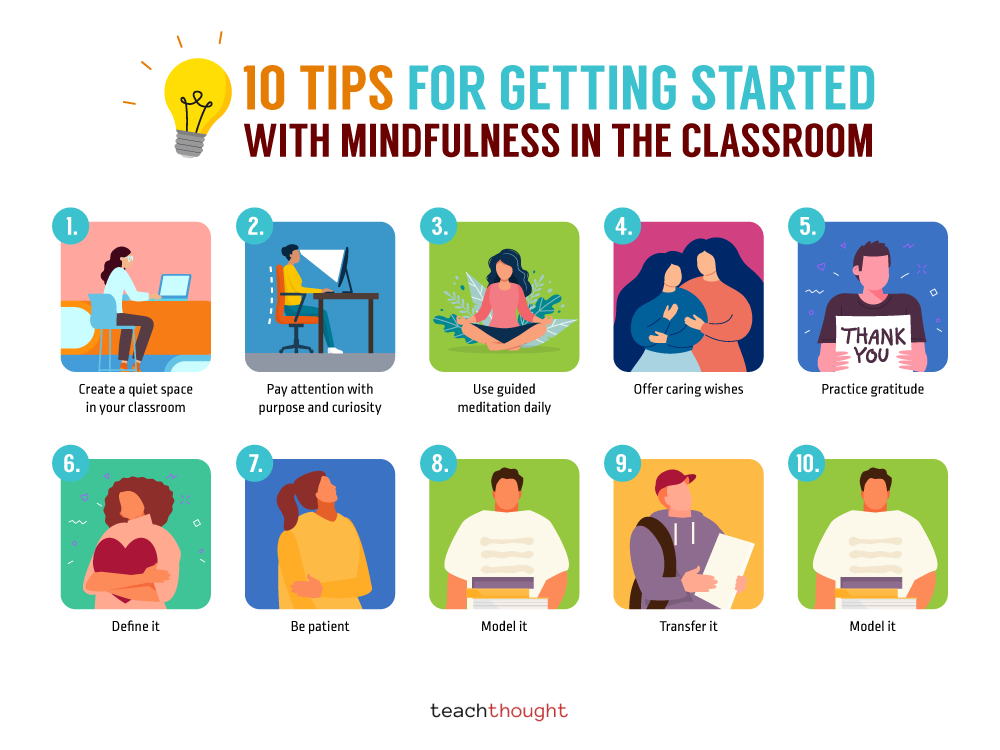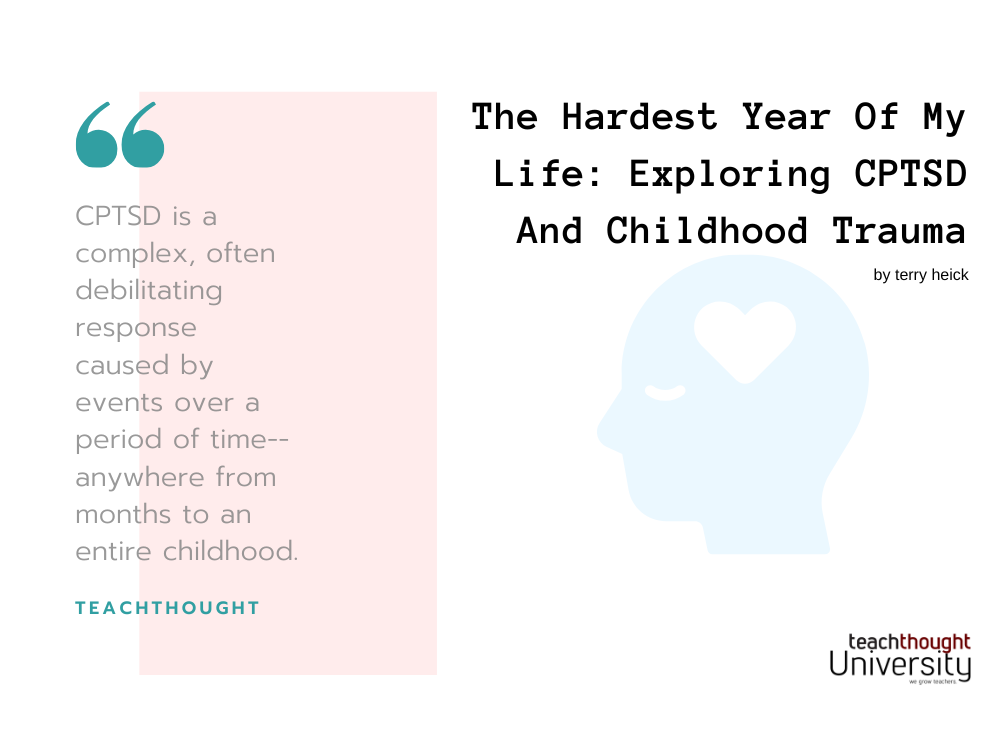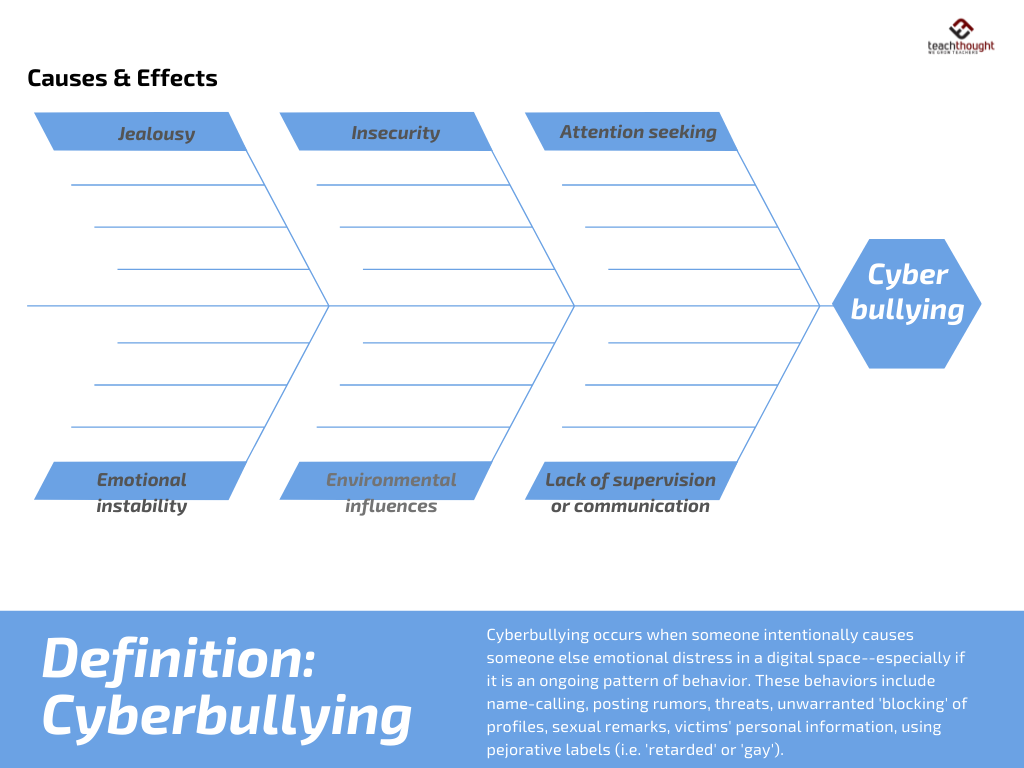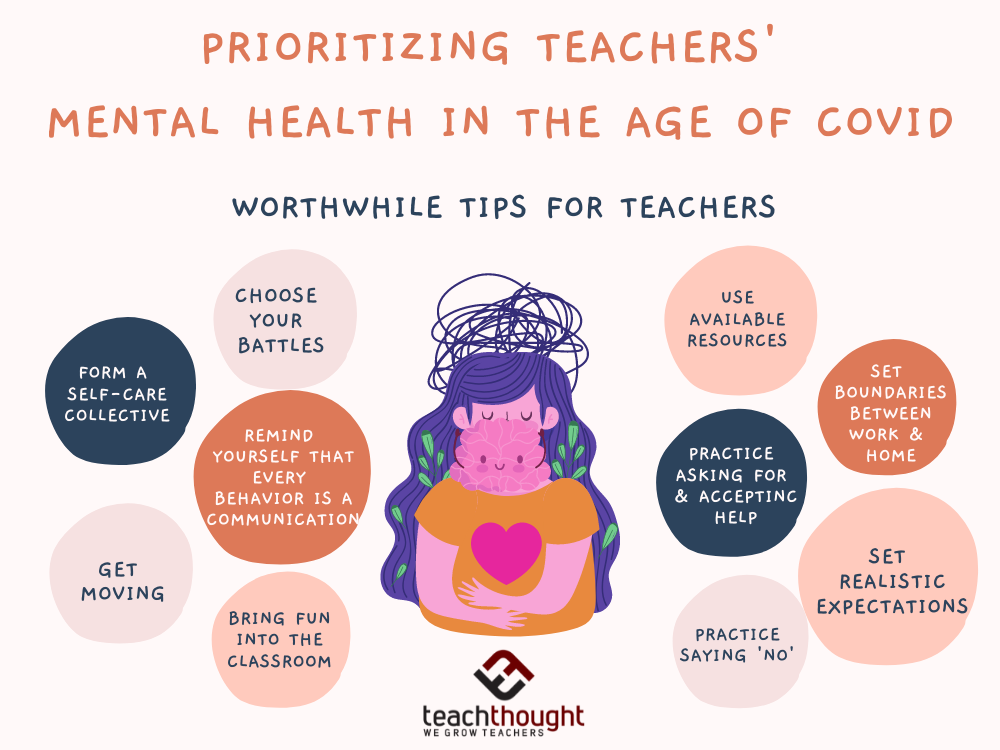Tag: Mental Health
10 Tips For Teaching Mindfulness In School At Any…
Lisa Thomas Prince and Lori Gustafson offer the following ten tips for teaching mindfulness in the classroom at any grade level.
50 Of The Most Inspirational Quotes About Life
“Every act of perception is to some degree an act of creation, and every act of memory is to some degree an…
The Real You Is All Of Us
“When you’re ready to wake up, you’re going to wake up, and if you’re not ready you’re going to (say)…a ‘poor little…
What Is CPTSD? My Experience
CPTSD is a complex, often debilitating response caused by events over a period of time–anywhere from months to an entire childhood.
Alan Watts: Don’t Think Too Much
From this practice, you learn to experience, to realize, that what happens to you, and what you do are one in the…
The Definition Of Cyberbullying
Cyberbullying occurs when someone intentionally causes someone else emotional suffering or distress online.
10 Thoughtful Ways To Improve Teacher Mental Health
We can’t control everything and apologizing for things out of our control can set unrealistic expectations of teachers.
So I Think I Figured Out The Source Of…
The source of all human suffering has something to do with loneliness–our systems pit us against one another in an illusion of…







